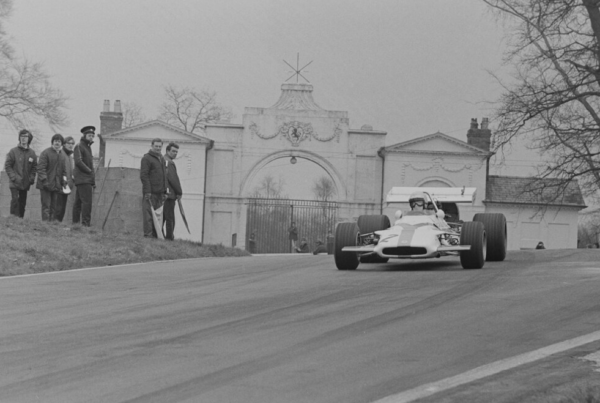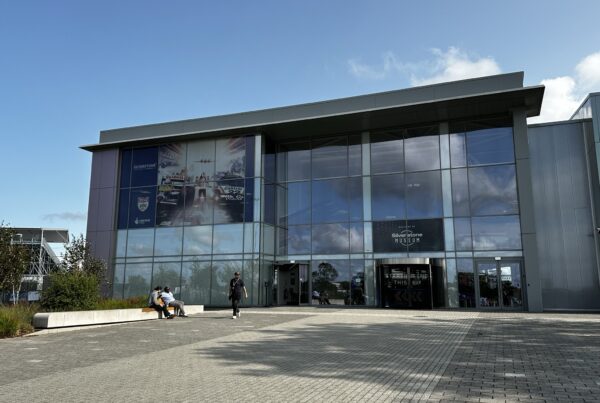During the 1930’s Rolls-Royce had been experimenting with a centrifugal supercharger. The aim was to boost the power of the Bentley sixes with the unit running at six times the engine speed. Rolls Royce was commissioned in 1946 to design a supercharger for the P15 BRM under the direction of Geoffrey Wilde. The result was an innovative two-stage centrifugal supercharger derived from a Merlin engine. With a 6in diameter in the first stage and 5.5in at the second, the Rolls unit’s impellers were capable of speeds as high as 56,000rpm. The boost topped out at 5.y bar or 82.6psi.
When Hall and Hall set about the biblical task of building a new P15 V16 in 2019, they were blessed with access to some 5000 original technical drawings. Unfortunately, these drawings did not include the original Rolls-Royce supercharger, so many elements had to be reverse-engineered. As with other aspects of the P15 build, some original design flaws have been exposed because of the project’s authenticity. One of those flaws was the oil feed to the front of the supercharger under prolonged and heavy loads.
Chassis IV performed flawlessly at Shelsley Walsh in 2022, but the team could tell there was a power loss at Goodwood Revival. It transpired that there was a bearing failure in the front of the supercharger. This was due to oil starvation which then caused severe damage to the spiral vanes. As a result, chassis IV was essentially running without the supercharger.
The centrifugal force under load prevents sufficient oil distribution, so a modification needs to be implemented to fix this issue. On further inspection of the supercharger on the Beaulieu P15 Chassis I, it is apparent that a modification was made to rectify this problem in period. It is likely that the later superchargers on the P30s also incorporated this modification.
We hope the engine will be ready to undergo tests on the dyno in the next few weeks in preparation for a busy season ahead.
To watch the fascinating video I shot with Martin Smith from Hall & Hall, head to our Vimeo
Simon Owen.


